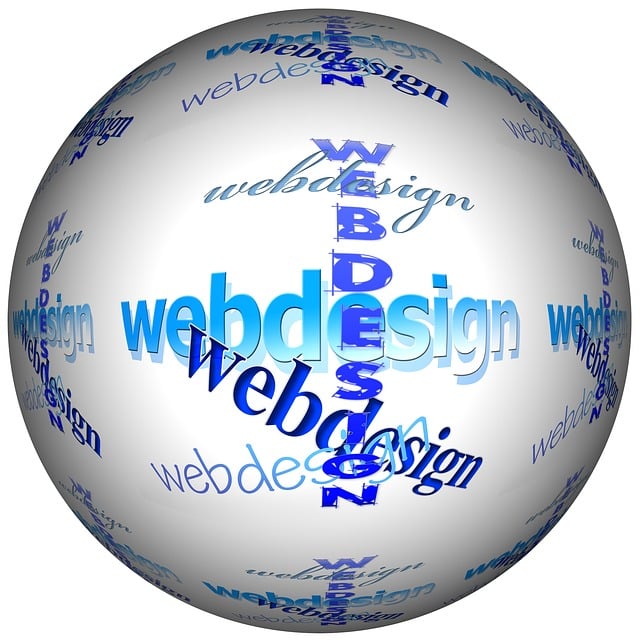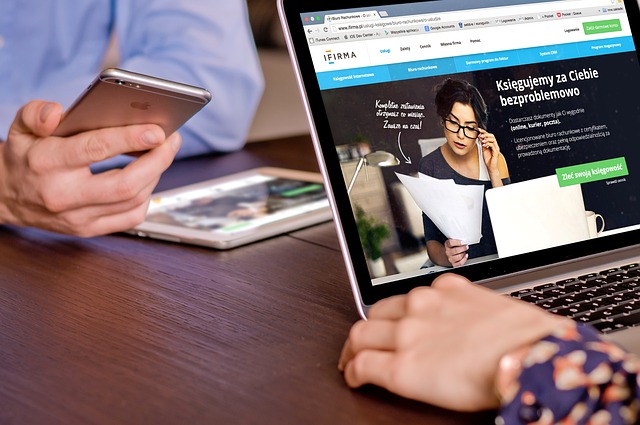In today's digital era, a custom web design is crucial for professionals and businesses aiming global recognition. It creates a unique online identity, enhances user experience, and helps stand out from competitors. A well-crafted site offers intuitive navigation, engaging storytelling, and strategic elements like high-quality visuals, animations, and CTAs. By prioritizing UX, accessibility, and SEO best practices, custom web design boosts conversions, improves search rankings, and solidifies business credibility in the competitive digital arena. Effective collaboration with specialized agencies leads to a tailored website that resonates with target audiences.
In today’s digital landscape, a website isn’t just a nice-to-have—it’s a professional necessity. Custom web design stands out as a powerful tool for professionals seeking to elevate their online presence. This article guides you through the intricacies of custom web design, from its foundational importance to the key elements that make it effective. We’ll explore benefits tailored to your business, the selection process for the right agency, and the step-by-step development journey. Get ready to unlock your professional potential with a cutting-edge, customized online platform.
Understanding Custom Web Design: Its Importance for Professionals

In today’s digital era, a website serves as a professional’s virtual storefront, showcasing their expertise and services to a global audience. Custom web design goes beyond a generic template; it’s about crafting a unique online presence tailored to an individual’s or business’s specific needs. By investing in custom web design, professionals can ensure their sites not only reflect their brand identity but also enhance user experience. This approach allows for the integration of specialized features and functionality that can set them apart from competitors.
A well-designed website built specifically for a professional or business enables effective communication with target audiences. It can showcase portfolio pieces, highlight services, and facilitate seamless interactions through contact forms, live chats, or booking systems. Custom web design also considers mobile responsiveness, ensuring the site adapts gracefully to various screen sizes, providing an optimal user experience regardless of the device used.
Benefits of a Customized Website for Your Business

A custom website design offers numerous advantages that can significantly boost your professional presence and business growth. Unlike pre-made templates, a tailored website is uniquely crafted to reflect your brand identity and appeal directly to your target audience. This level of personalization allows for stronger visual communication, ensuring your message resonates clearly with visitors.
With a custom web design, you gain control over every aspect of your online platform. From the layout and functionality to the content and branding elements, it’s optimized to enhance user experience and drive conversions. This investment not only enhances your business credibility but also paves the way for increased engagement, improved search engine rankings, and better overall performance in today’s competitive digital landscape.
Key Elements of Effective Custom Web Design

When crafting a custom website, several key elements contribute to its effectiveness and success. Firstly, user experience (UX) is paramount. A well-designed site should intuitively guide users through its pages, offering seamless navigation and a logical flow. This involves thoughtful layout planning, easy-to-read typography, and responsive design that adapts across various devices and screen sizes.
Additionally, custom web design should tell a compelling brand story. Visual elements like high-quality imagery, subtle animations, and strategically placed calls to action (CTAs) engage users and reinforce the brand identity. Effective use of whitespace enhances readability and guides the user’s gaze, while incorporating relevant content and search engine optimization (SEO) best practices ensures visibility and drives organic traffic.
Choosing the Right Web Design Agency for Your Project

When considering a custom web design agency, it’s crucial to align your project needs with their expertise and capabilities. Not all agencies specialize in custom web design, so research is key. Look for agencies that have a proven track record of delivering high-quality, tailored websites for professionals in your industry. Check client testimonials and case studies to gauge their understanding of your unique requirements.
Additionally, consider the agency’s communication style and project management approach. Effective collaboration ensures a seamless design process. Choose an agency that values transparency, actively listens to your vision, and provides clear, timely updates throughout the project lifecycle. This level of engagement fosters trust and guarantees a custom web design that truly represents your brand and captivates your target audience.
The Process: From Concept to Launch

The journey of creating a custom website begins with an idea—a vision for how your professional brand should be represented online. This initial concept is then carefully translated into a comprehensive plan, involving in-depth discussions with our design team and you, the client. We take the time to understand your unique needs, target audience, and business goals to ensure the final product aligns perfectly with your brand identity.
Through iterative design phases, we bring this concept to life. Skilled designers craft wireframes and mockups, meticulously designing every element to deliver an exceptional user experience. From the initial layout to the smallest detail, each aspect is tailored to captivate and engage visitors. Once approved, our developers take over, coding the website with precision and efficiency. This meticulous process ensures a seamless transition from concept to launch, resulting in a stunning custom web design that elevates your professional presence online.
Technologies and Tools Used in Custom Web Development

In the realm of custom web design, professionals leverage a diverse array of technologies and tools to bring unique digital visions to life. From HTML5 and CSS3, which form the backbone of structural and stylistic elements, JavaScript adds interactivity and dynamism to websites, enhancing user experiences. For a more comprehensive approach, Content Management Systems (CMS) like WordPress or Drupal provide pre-built frameworks, simplifying content management without sacrificing customization.
Additionally, responsive design technologies such as Bootstrap ensure that websites seamlessly adapt to various screen sizes, catering to both desktop and mobile users. Graphic design software like Adobe Photoshop or Sketch play a crucial role in creating visually appealing interfaces, while code editors like Visual Studio Code or Sublime Text streamline the development process by offering advanced features for writing, editing, and debugging code efficiently. These tools collectively empower professionals to craft not just websites, but immersive digital experiences that resonate with audiences.
Ensuring User Experience and Accessibility

When it comes to custom website design, prioritizing user experience (UX) and accessibility is paramount. A well-designed site should be intuitive, allowing visitors to easily navigate and find the information they need. This involves thoughtful layout planning, clear call-to-actions, and responsive design that adapts seamlessly across various devices and screen sizes. Custom web design professionals must consider how users interact with the website, ensuring a seamless digital journey from initial interest to conversion or engagement.
Furthermore, accessibility is an often-overlooked but critical aspect of custom web design. Making sure your website is accessible to all users, including those with disabilities, not only complies with legal requirements but also expands your potential audience. Implementing features like alt text for images, keyboard navigation, and sufficient color contrast ensures that everyone can access and enjoy your online content. By focusing on these UX and accessibility best practices, professionals can deliver high-quality custom websites that are both functional and inclusive.
Maintenance and Updates: Keeping Your Site Modern

